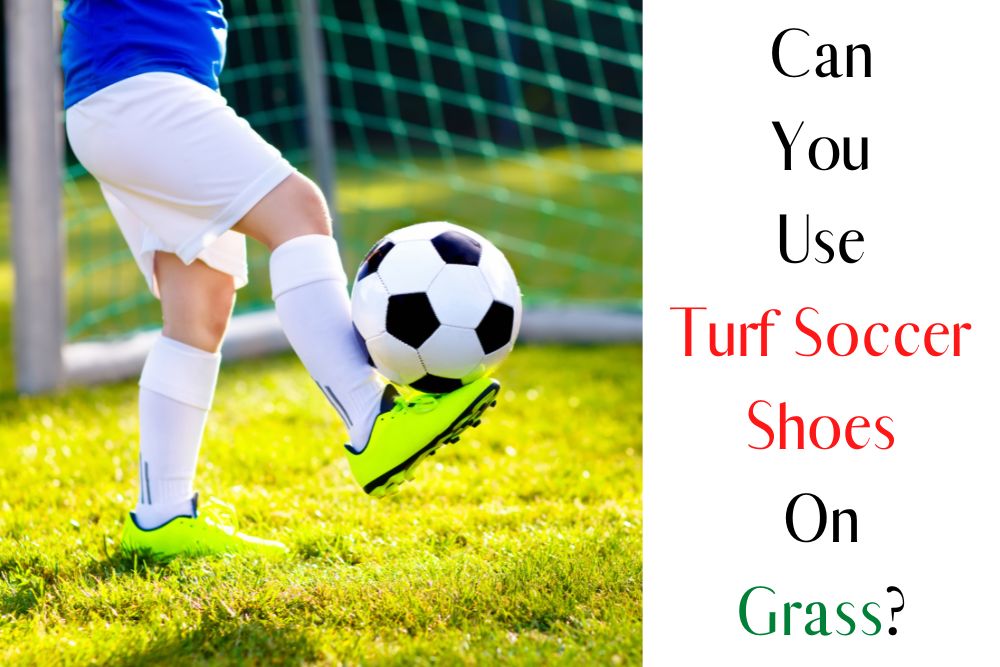In the early days of soccer, soccer shoes weren’t initially designed for indoor purposes because soccer was mostly played outdoors. Back then, artificial soccer turfs weren’t rampant like now and the game was mostly played professionally on natural grass.
Knowing how to play soccer is one thing and another crucial point is knowing how to select the right kind of soccer shoes for not just your size and style of play but also the kind of turf involved.
Sometimes, very skilled soccer players neglect the fact that they need the right gear and accessories to play at their best. They wouldn’t mind using indoor soccer shoes for outdoor games and vice versa.
Advancement and sophistication in turf technology are helpful in the creation of grass-like soccer fields with the actual feel of natural grass. This has motivated the vast use of synthetic grass on many soccer stadiums all over the world.
Using the right kind of soccer shoes while playing can do less damage to the pitch’s turf and also less damage to the soccer shoes.
Sometimes, players are advised on the right kind of shoes to use on artificial turf to avoid much damage to the turf after a match since it doesn’t grow back like natural grass.
Soccer shoes are designed for specific purposes which we believe you might not be aware of. We will be showing you in this article, the characteristics, and features of turf soccer shoes and give you reasons why using turf soccer shoes on grass is a good or bad idea.

Quick Navigation
Can you use turf soccer shoes on the grass?
Using turf soccer shoes on natural grass is acceptable although they are separately designed soccer shoes for both surfaces. Molded soccer shoes are more suited for use on natural grass surfaces than artificial turfs because they provide better traction between the feet and the ground.
Turf soccer shoes are ideal for modern artificial grass fields because their studs are made from rubber and are somewhat shorter than those of the firm ground soccer shoes.
The studs on turf soccer shoes are designed to be hollow. It provides more support and traction when used on synthetic turf.
During a soccer match, the team with the right kind of gear always has an added advantage over the other team if they are geared wrongly. Wrong gears are most defective when used over a prolonged period.
Although turf soccer shoes can be used on grass, playing with turf soccer shoes on grass can reduce your quality of play if you aren’t used to playing with them yet.
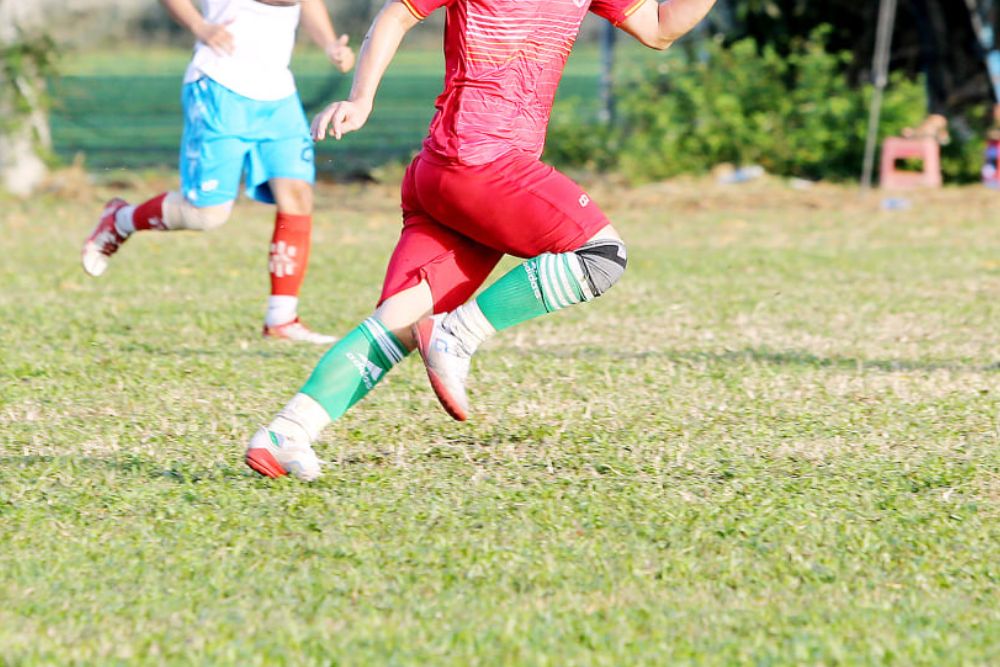
“I used to wear turf soccer shoes on grass. Although their grip is not as good as firm/soft ground cleats, they are fine overall and I can still run comfortably in them.” – Jay
Why turf soccer shoes can be used on grass?
Turf soccer shoes can be effectively used on grass because synthetic turfs are designed to mimic real grass surfaces using synthetic materials. Some artificial turf fields can be hardly differentiated from real grass fields.
Artificial turfs are designed following international regulations and standards. Although turf soccer shoes are designed with shortened rubber studs that are more rounded than molded studs.
They seem to offer good grip and traction on grass surfaces. Also, they guarantee good distribution of a soccer player’s weight on the grass floor thereby enhancing overall balance.
Even with all the above-mentioned reasons confirming why turf soccer shoes can be used on grass, most soccer players still prefer using molded soccer shoes when playing on grass.
Advantages of using turf soccer shoes on grass
- You gain experience and skills
- You save money by using turf soccer shoes on grass
- It helps you get better at using turf soccer shoes
- You can effectively play on turf and grass
- It helps you improve on your balance
Below are some of our reviews of turf soccer shoes construction, you can see many similarities with molded soccer shoes.
So while it’s not really a perfect choice for grass, you can still use turf soccer shoes for grass.
Structural parts of turf soccer shoes
To understand turf soccer shoes better and why they can be used on grass, you must understand its various parts and how each part affects the overall function of the shoe. Let’s take a brief look at the various components of a turf soccer shoe.
1. Stud
Studs are located at the bottom of the soccer shoe—the part that has direct contact with the ground while you play soccer. The studs of turf soccer shoes are made with rubber, often conical or oblong shaped and hollow in the middle.
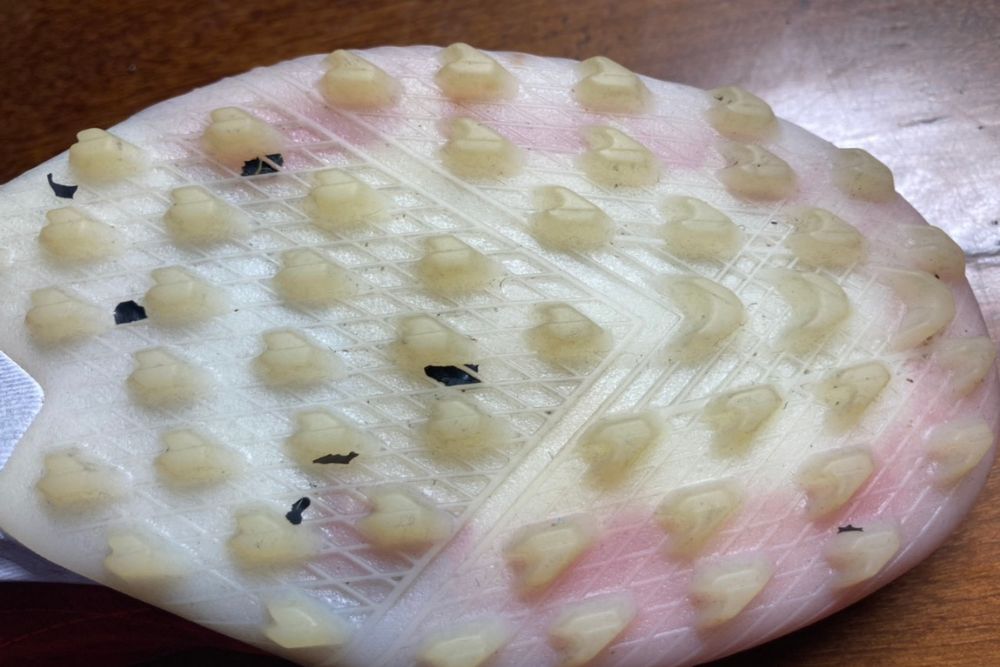
The holes on the rubber studs are designed to enhance traction while running on an artificial or grass surface. Turf soccer shoe studs can come in different sizes and numbers.
The number of studs on modern turf soccer shoes ranges from 12 to 27 to 45 depending on the manufacturing company involved. However, the more the number of studs on turf shoes, the shorter the length of the studs.
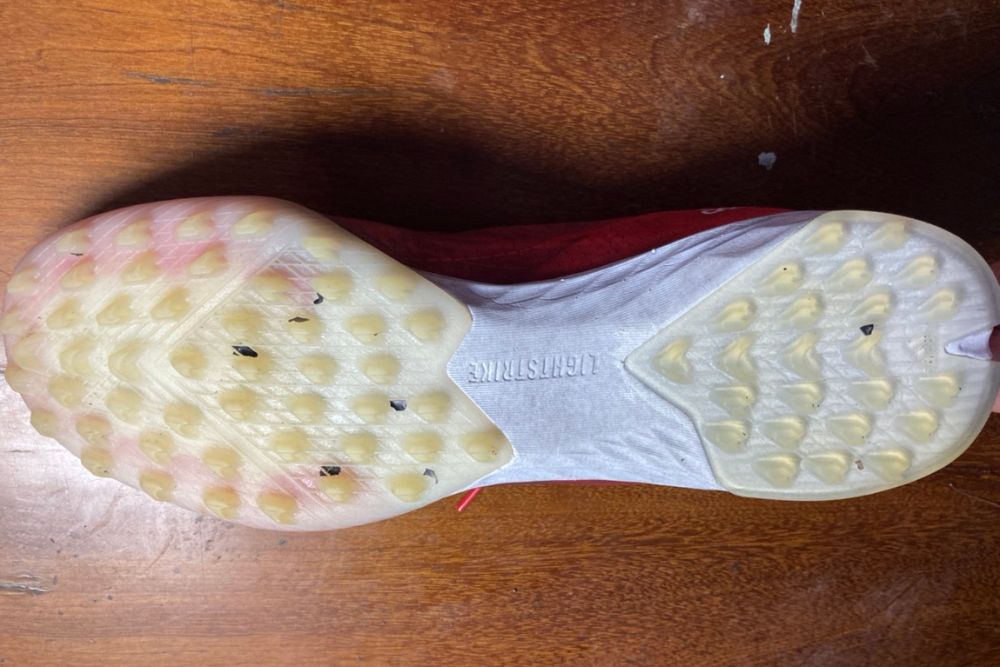
The studs on the 27 and 45 studded shoes are not hollow like the 12 studded shoes but they all work the same in comparison.
2. Heel
The heel is located at the back portion of the turf soccer shoe and its major purpose is to offer support to the soccer player while on the field. Heels are designed differently to suit different soccer players’ techniques and unique styles of play.
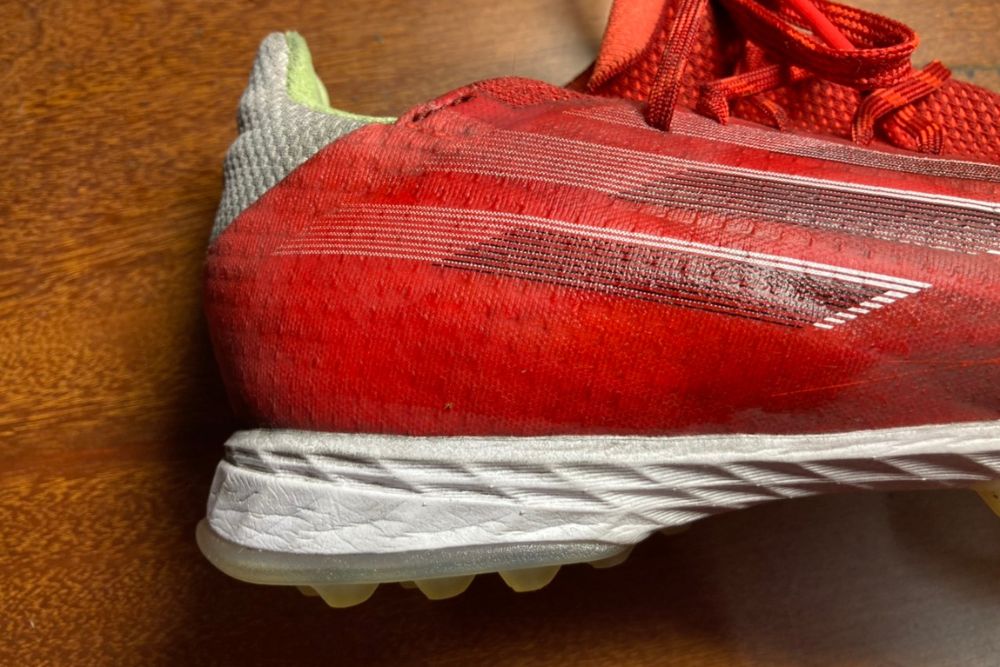
An external heel counter is located at the exterior part of the shoe, directly behind the heel. Its job is to protect the back of the feet from harm and provide added shock absorption to the shoe.
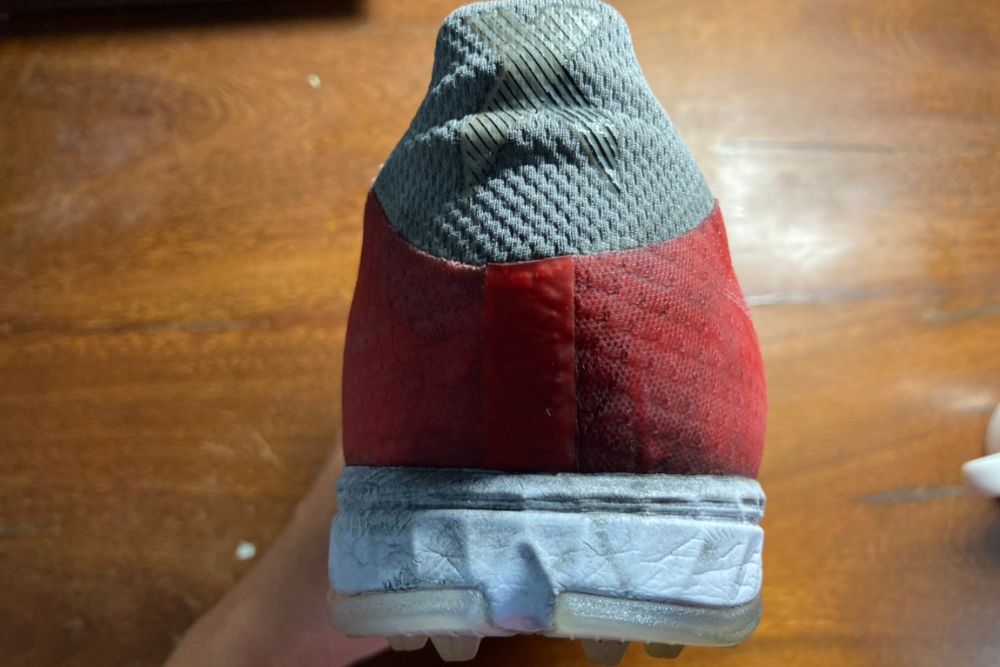
3. Sole
The soleplate is the tough layer at the base of soccer shoes often designed with rubber or other durable synthetic materials. It is divided into three layers namely the insole, midsole, and outsole. All three layers work together to provide comfort and cushion.
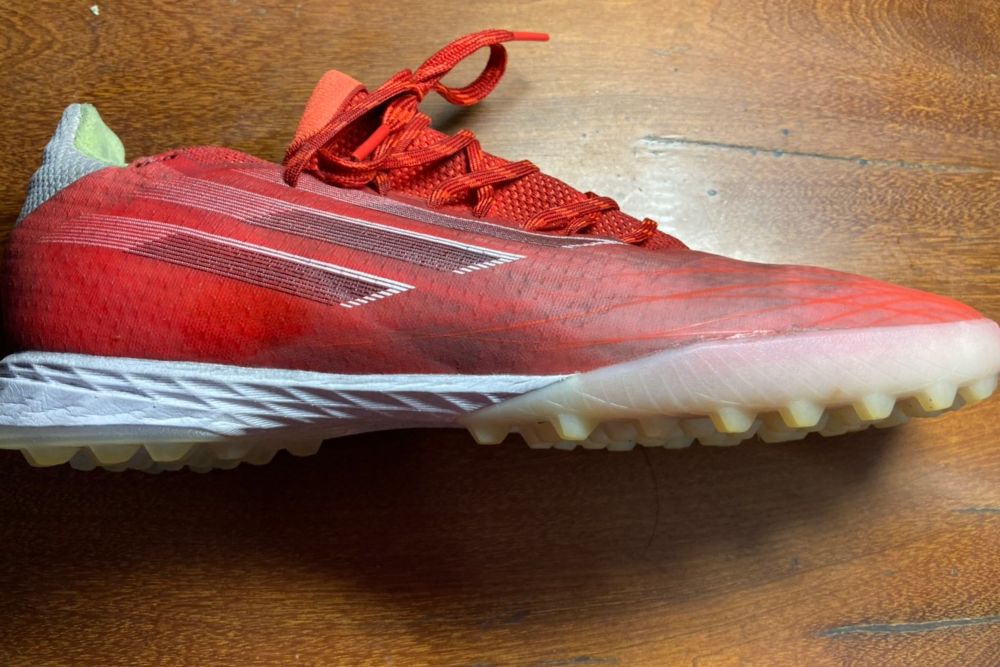
The soleplate is solely designed to reduce stress and prevent pain usually experienced on the feet. The outsole is where the studs are located.
Its toughness helps in insulating the feet from shockwaves each time the feet stumps on the ground.
The sock liner or insoles is the inner layer of the shoe that comes in direct contact with the base of your foot. It is made with either lightweight wool or polyester material and has a porous foam on its bottom side to provide extra cushion to the footbed and also absorb moisture.
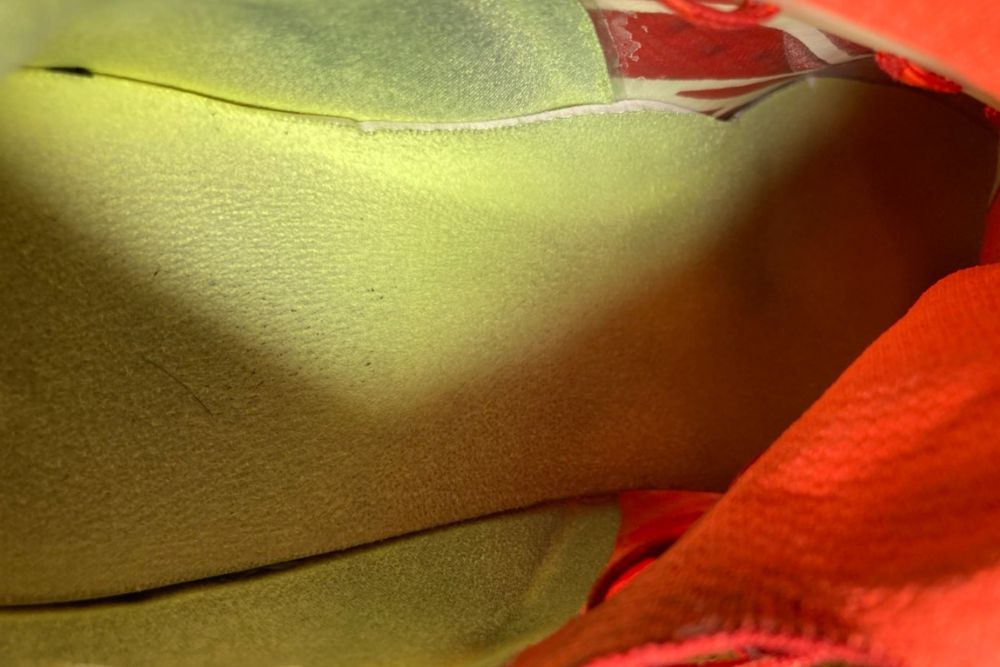
The insole of soccer shoes
Sock liners can be easily removed and either washed or replaced. Some turf soccer shoes are fitted with two sock liners to provide added comfort.
4. Upper
The upper is the layer of the turf soccer shoe located above the sole and segmented into forefoot, midfoot, heel, and interior. Their exterior is often designed using durable materials such as Taurus, Kangaroo leather, Kanga light, and synthetic leather.
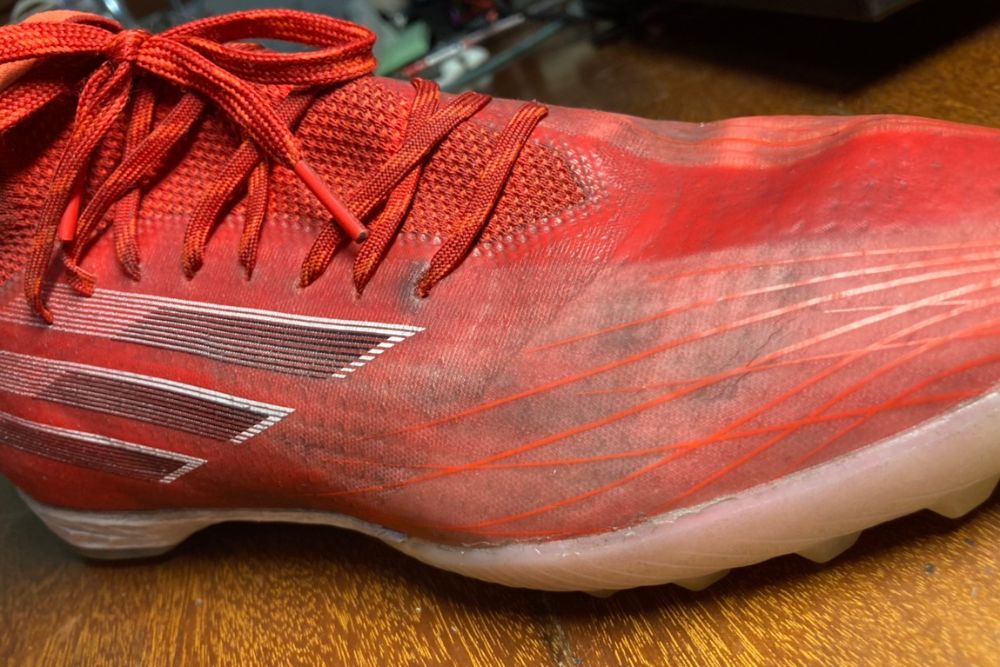
The upper serves as a proper covering for the upper parts of the feet. Some soccer shoe uppers carry shoelaces while some don’t. Nevertheless, they both function the same.
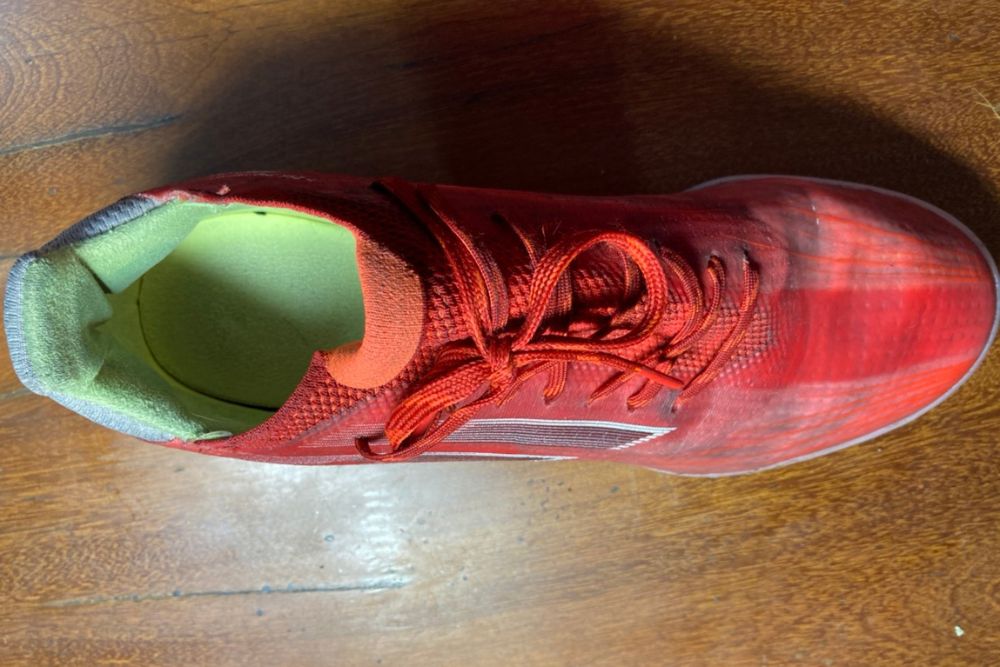
How to select the right turf soccer shoes to be used on grass?
There might be a striking resemblance between artificial turf and real grass but the fact remains that one can regenerate while the other can’t. When natural grass gets damaged, they always grow back with the right amount of care and sunlight which doesn’t apply to artificial turfs.
Choosing the right pair of shoes when playing on turf or grass can help you maintain proper balance and stamina.
Some soccer stadiums restrict soccer players from wearing the wrong soccer shoes to play since it is not healthy and safe for both the soccer players and the field in question.
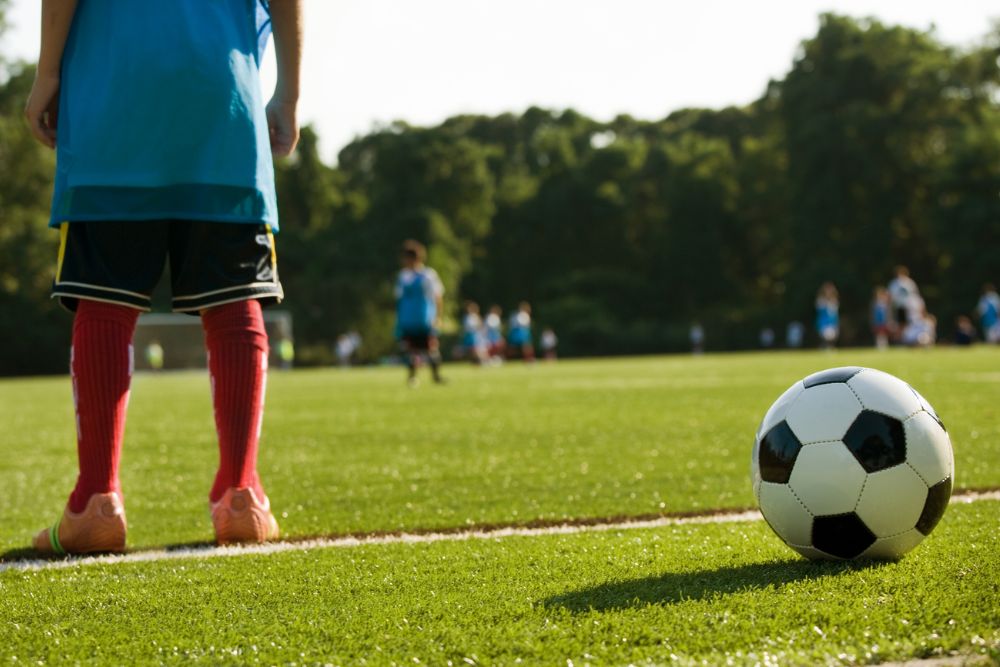
Below are some characteristics to look out for when next you go shopping for the right turf soccer shoes that can be effectively used on grass.
- Comfort
When selecting turf soccer shoes that can be used on grass, you need to make sure that you select shoes that are flexible and have enough room in the forefoot section for easy movement of your toes while playing. The shoes shouldn’t be too tight or narrow so you can play in them comfortably.
Well-cushioned and padded turf soccer shoes absorb more shock and are less capable of causing foot pain. Kangaroo leather turf soccer shoes provide more comfort than other types of soccer shoes.
- Good Fit
Good fitting soccer shoes are the ones that feel like an extension of the feet when they are worn. They hug and snug the feet like they are part of our skin without causing any pain, discomfort, or injuries.
You are to select turf soccer shoes that allow every part of your feet to feel the ball while playing. Playing with wrong-fitting shoes on turf and grass can cause a lot of difficulties and even injuries like dislocations or blistering.
- Quality
The best way to find quality turf soccer shoes that can be effectively used on grass is by shopping for well-known global brands, you can also test a shoe’s quality by carefully checking its construction materials from its product description.
It isn’t fair to spend a lot of money on an inferior product that wouldn’t last up to six months before dismantling. Quality turf soccer shoes can last up to two years or more, based on how well you use them.
- Traction
Muddy and wet soccer pitches can cause a lot of slipping and sliding which is very common with grass fields when it rains. Before purchasing a new pair of turf soccer shoes that can function well on grass fields, always consider this factor.
Buy shoes with good studs and adequate traction to withstand muddy and wet surfaces to avoid embarrassment and accidents on the pitch.
- Durability
Lightweight turf soccer shoes are naturally less durable because they don’t have a midsole. They are very fragile, thereby leaving a player’s feet susceptible to injuries.
Midsoles in turf soccer shoes help in reducing the stud pressure on the feet although they make the soccer shoes heavier, they also make them more durable than light-weighted soccer shoes.
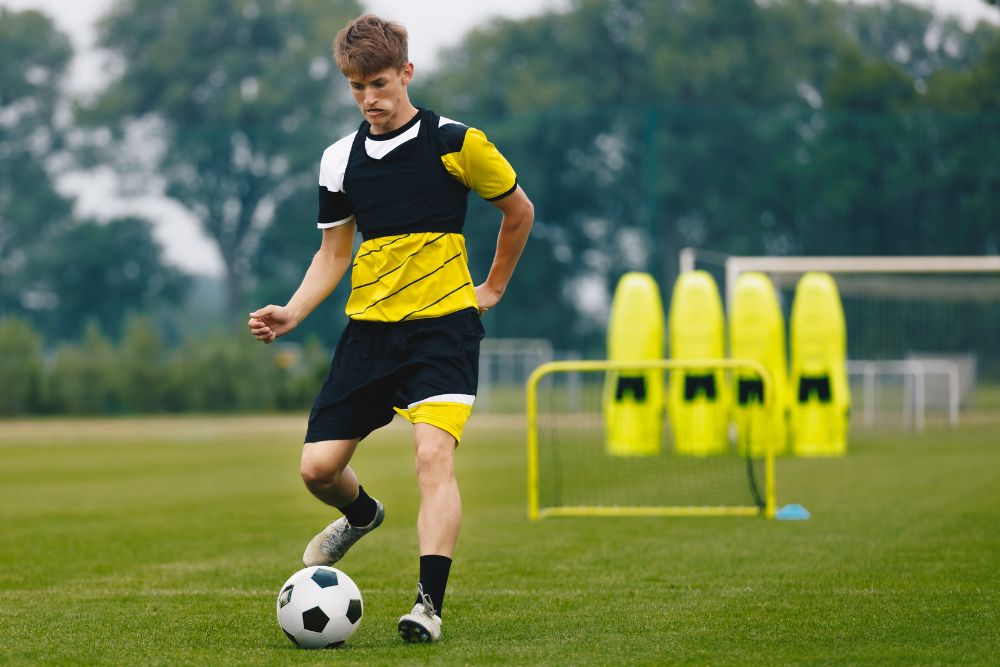
Below is an overall rating table summarizing the effects of turf soccer shoes on grass surfaces using the five stars rating method.
| OVERALL RATING TABLE FOR TURF SOCCER SHOES ON GRASS | |
| Features | Editor’s rating |
| Comfort | ⭐⭐⭐⭐ |
| Good fit | ⭐⭐⭐⭐ |
| Quality | ⭐⭐⭐ |
| Traction | ⭐⭐ |
| Durability | ⭐⭐⭐ |
Conclusion
Wearing the right soccer shoes for the right surface is the first step to winning a soccer match. Soccer shoes are specially designed to offer the best possible traction, comfort, and protection to soccer players.
Using turf soccer shoes on grass may not do much damage to the shoes but you may be adulterating your authentic game style without even knowing. Buying quality and suitable turf soccer shoes may be an expensive investment but the returns are high and rewarding.
Hi there, I’m Jay.
Soccer is everything in my life! My friends and I have created this blog with all our enthusiasm, passion, and understanding after years of playing pro soccer. Hope you will enjoy it!
